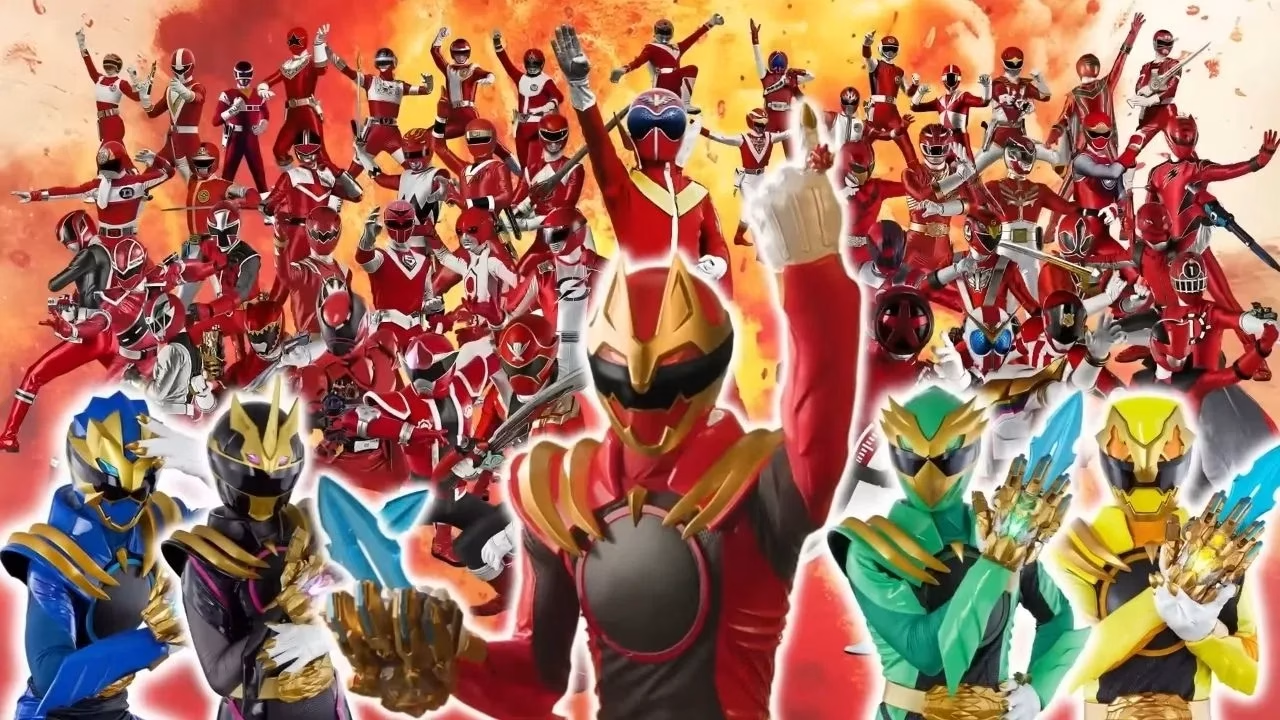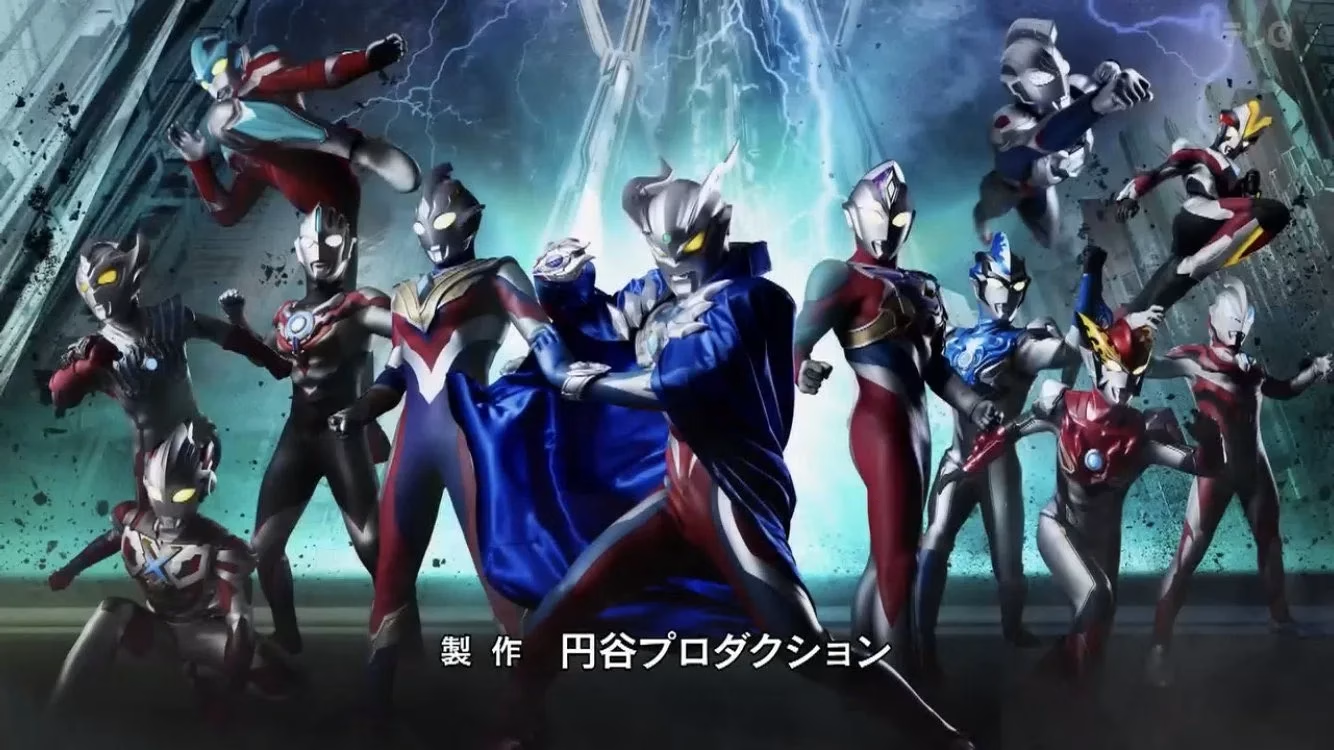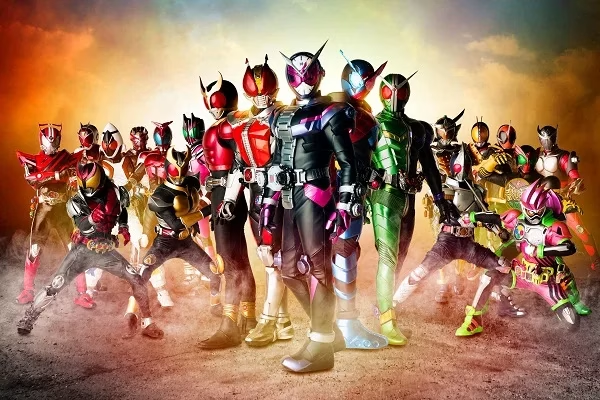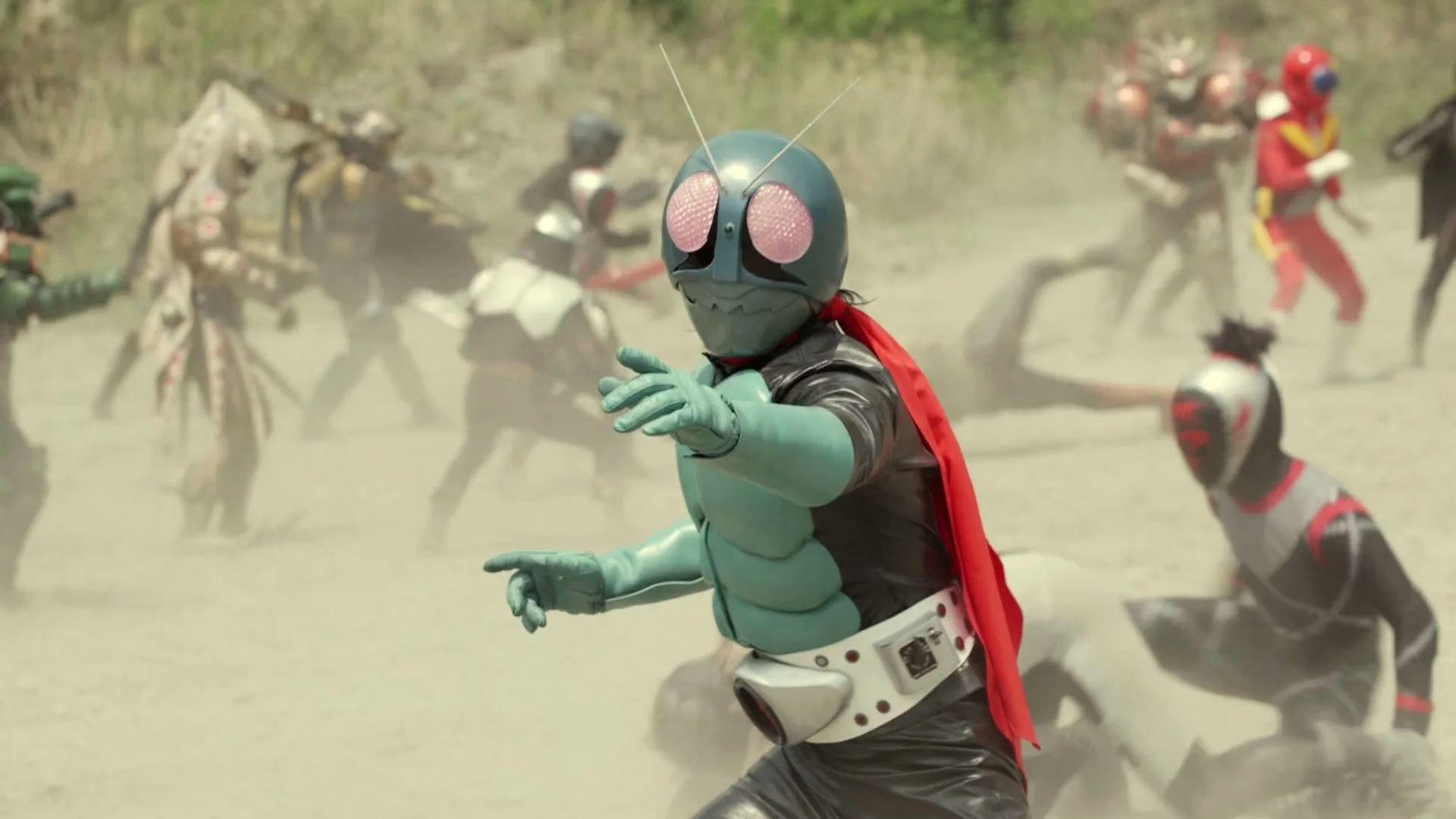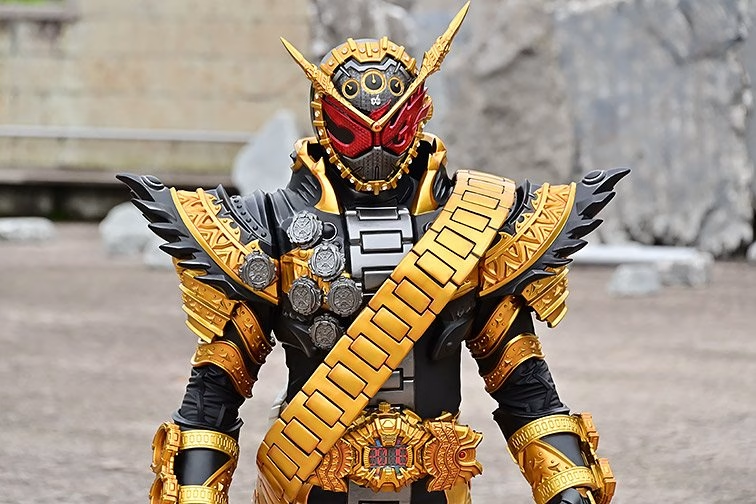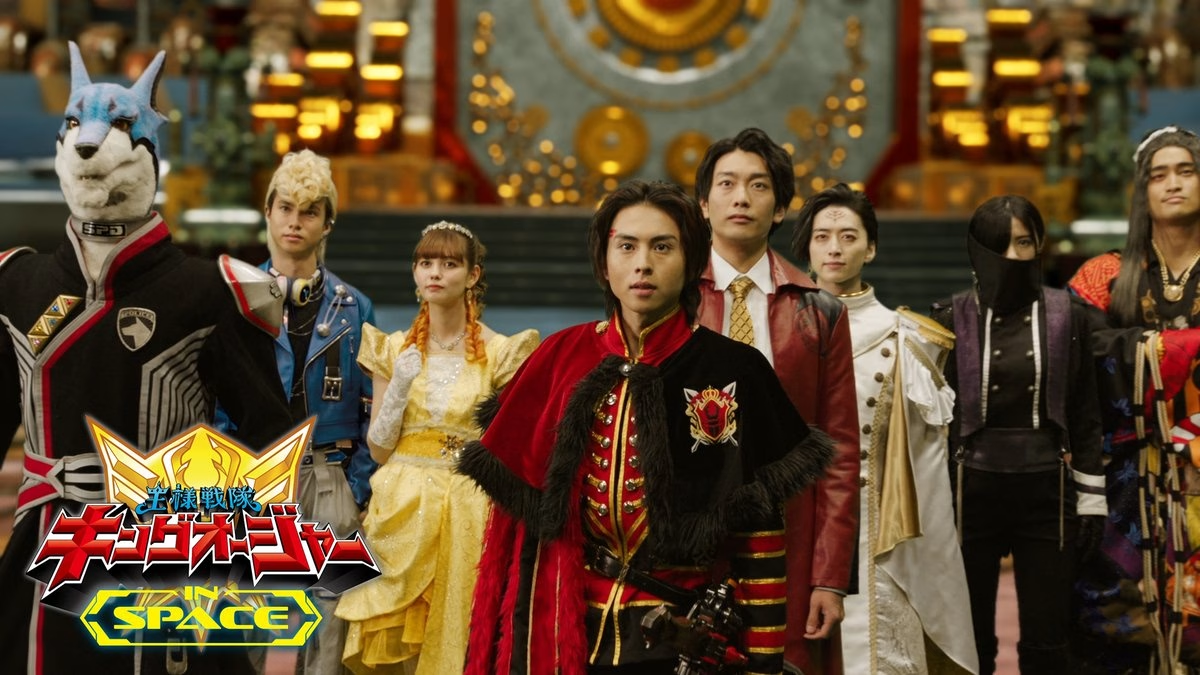Super Sentai series, one of the tokusatsu series, a tokusatsu masterpiece that has captivated millions of fans around the world, is more than just an action series. More than just fighting giant monsters and evil organizations, Super Sentai is a Japanese cultural heritage rich in noble values, friendship, courage, and the spirit of never giving up. Let's delve deeper into the Super Sentai series, uncovering its long history, the evolution of its iconic costumes and weaponry, and the fascinating themes that are always present in each series. Together, we will appreciate the timeless magic of Super Sentai.
Super Sentai is the name given to the long-running Japanese “super hero team” genre series produced by Toei and Bandai and aired by TV Asahi. The series is a “tokusatsu” genre, featuring a variety of live-action characters and colorful special effects, and is aimed primarily at families. The series is one of Japan’s most prominent tokusatsu productions.
Super Sentai Series Summary
The first Super Sentai series, Himitsu Sentai Gorenger, in April 1975, was created by the late Shotaro Ishinomori, the creator of Kamen Rider and Cyborg 009 in 1975. He did not create any further Sentai series after his second series, JAKQ Dengekitai, was poorly received. Both of these series were originally simply called Sentai and were not part of the Super Sentai series until 1994 when Toei decided to include them in the next series.
Regarding the scope of works included in the series, due to differences in production periods, agencies, and original authors, the count initially began with Battle Fever J (1979-1980), but it was later determined that the earlier works Himitsu Sentai Goranger (1975-1977) and JAKQ Dengekitai (1977, both originally written by Shotaro Ishinomori) were also included in the Super Sentai series.
In every Super Sentai series, a battle between good and evil is depicted, with good winning most of the time. The basic premise of the series is that a group of five people gain special powers, wear colorful clothing, and use advanced weapons and martial arts skills to fight powerful beings from other planets and/or dimensions that threaten to take over Earth.
In most episodes, after the team defeats an army of evil creatures and a “monster of the week,” they summon large robotic vehicles/animals (“mecha”) that can combine to form one giant robot to fight an enlarged version of the monster. Sentai series with giant robot elements are specifically known as Super Sentai. After the series ended or during the series, there were a number of TV shows and specials featuring team-ups with previous Sentai.
Super Sentai has teamed up with its sister show Kamen Rider on several occasions, with Samurai Sentai Shinkenger and Ressha Sentai ToQger having a TV crossover.
As a series that has been broadcast for many years, the Super Sentai series is not really divided into categories, but in recent years, the Kamen Rider series has begun to be divided into “Showa Riders” and “Heisei Riders,” and this term was coined by fans. However, the division is not as clear as the Kamen Rider or Ultra Series. The Super Sentai series has no breaks, and its content and staff have been changed gradually over the years.
Super Sentai
The Showa period was a period in Japanese history corresponding to the reign of the Showa Emperor, Hirohito, from December 25, 1926 to January 7, 1989. After his death, Hirohito was posthumously renamed “Showa Emperor” on January 31, 1990.
The Super Sentai series began in the Showa period, with Himitsu Sentai Gorenger. airing on TV on April 5, 1975, the Heisei period began during the final episode of Choju Sentai Liveman, with Kousoku Sentai Turboranger being the first Super Sentai title of the Heisei period.
The first series, “Himitsu Sentai Goranger,” told the story of five men and women who formed a team and fought monsters armed with masks and color-coded outfits. After the success of Gorenger, a show based on the same concept was produced. However, its sequel, JAKQ Dengekitai (1977), did not gain as much popularity as its predecessor and was canceled nine months after it began airing, so efforts to make it a series were thwarted for a while.
Battle Fever J (1979) was produced as a work that combined the “group hero” elements of “Goranger” and “JAKQ” and the “giant robot” elements of “Spider-Man,” and was broadcast on the TV Asahi network. In addition, Denziman introduced the use of transformation items, which established the basic style of many subsequent Sentai series. This led to the series being popular for many years.
Super Sentai
The Heisei period is the period that follows the Showa period, which began on January 8, 1989, the first day after the death of the reigning Emperor Hirohito. Akihito, then Crown Prince, ascended the throne until he abdicated on April 30, 2019 and was then designated as “Emperor Emeritus” in accordance with Japanese custom.
In Super Sentai, the Heisei era began during the final episode of Choju Sentai Liveman, with Kousoku Sentai Turboranger being the first Super Sentai title of the Heisei era.
If the Showa era was the period when the foundation of Super Sentai was laid, then the Heisei era can be said to be the period when Super Sentai was established as a national program. This number is more than double the number of Showa Sentai.
Kishiryu Sentai Ryusoulger, which aired in 2019, began airing during the Heisei period, but the era changed to the Reiwa period during the broadcast period. The next series, Mashin Sentai Kiramager, which will air in 2020, has been described in various news media and other outlets as the “first Super Sentai series of the Reiwa period,” thus positioning Ryusoulger as the “last Super Sentai series of the Heisei period.”
Perhaps because the “Heisei” classification is too broad, the Toei Tokusatsu YouTube Official channel does not use the era name, but instead uses a more specific division into 1990s Sentai, 2000s Sentai, and 2010s Sentai.

